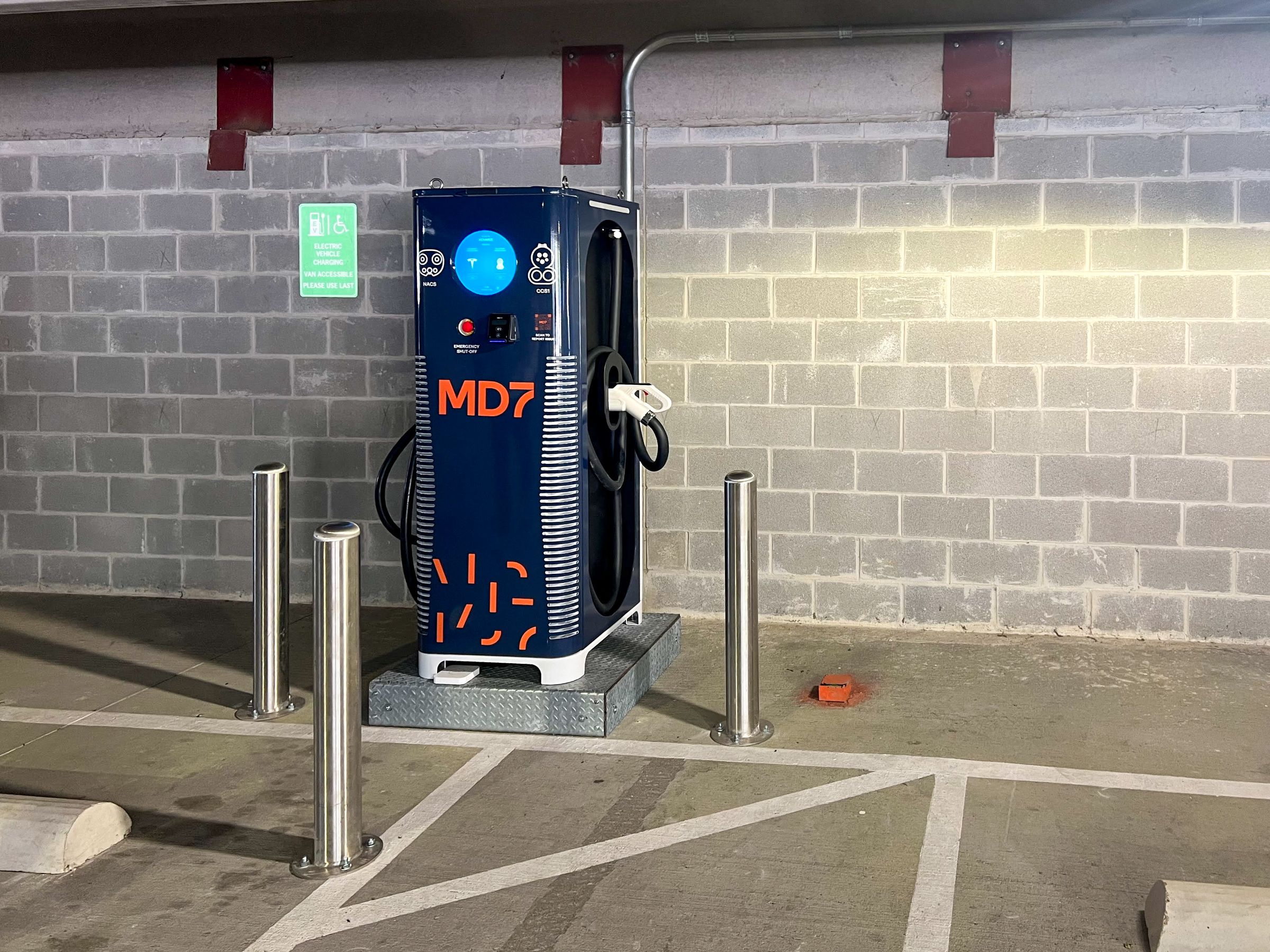Maslow’s Hierarchy of Needs and Md7
Overview of Maslow’s Hierarchy
Psychologist Abraham Maslow theorized that all human behavior is motivated by the drive to satisfy five essential human needs, which are satisfied in the following prescribed order: Basic Physiological Needs, Safety Needs, Love and Belonging, Esteem, and Self-Actualization.
Because people often spend more time fulfilling initial needs (such as the need for air, water, food, shelter, etc. –Basic Physiological Needs) before they can address the needs that follow (such as the need for personal security, order, and stability, etc. – Safety Needs), Maslow’s hierarchy is commonly depicted as a pyramid such as the one shown above, with each hierarchy shown as increasing smaller levels of the pyramid. Someone who has met their physiological and safety needs may ascend up the pyramid towards friendship and a sense of connection (Love and Belonging), then towards respect, self-confidence, status (Esteem), and may eventually achieve their full potential in creativity, spontaneity, problem solving, acceptance of facts, etc. (Self-Actualization).
“Every person is capable and has the desire to move up the hierarchy toward a level of self-actualization. Unfortunately, progress is often disrupted by a failure to meet lower level needs. Life experiences, [such as the] loss of a job, may cause an individual to fluctuate between levels of the hierarchy.”
Maslow theorized that with respect to the first four levels, often referred to as deficiency needs (D-Needs), the motivation to meet these needs become stronger the greater the period they are denied. For example, the longer a person goes without food, the hungrier they become.
With respect to the final level of the hierarchy, self-actualization, often referred to as growth or being needs (B-Needs), fulfillment is not driven by a lack of something, but rather from a desire for personal growth. “When a deficit need has been ‘more or less’ satisfied it will go away, and our activities become habitually directed towards meeting the next set of needs that we have yet to satisfy. These then become our salient needs. However, growth needs continue to be felt and may even become stronger once they have been engaged.”
What does this have to do with Md7?
Md7 strives to create a culture where each team member has the support and resources to reach the top of Maslow’s pyramid: self-actualization. This is where motivation increases as individuals desire to reach their full personal potential. However, achieving this is easier said than done.
Whether we work at Md7 or the proverbial salt mines, the first two needs at the bottom of the pyramid—Physiological and Safety—can be met by simply having a job and using your paycheck to acquire these most basic desires.
As we climb up the pyramid, the Md7 Core Value of “Respect for the Individual” is an effort to create a culture that meets Maslow’s third and fourth needs: Love and Belonging and Esteem. Through our effort to treat each person with respect—a form of love—we build friendships, family, social groups, and intimacy that all eventually lead to confidence and self-esteem in our team members.
Finally, as one transitions from Esteem to Self-Actualization, our D-Needs decrease and our B-Needs increase. We become motivated to discover our individual and collective potential. Md7 hopes each team member will reach the top of Maslow’s pyramid, not just to help Md7 grow but also because it is fun and motivating to see people deeply fulfilled.
Source: McLeod, S. A. (2018, May 21). Maslow’s hierarchy of needs. Retrieved from https://www.simplypsychology.org/maslow.html – which is licensed under CC BY-NC-ND 3.0.




